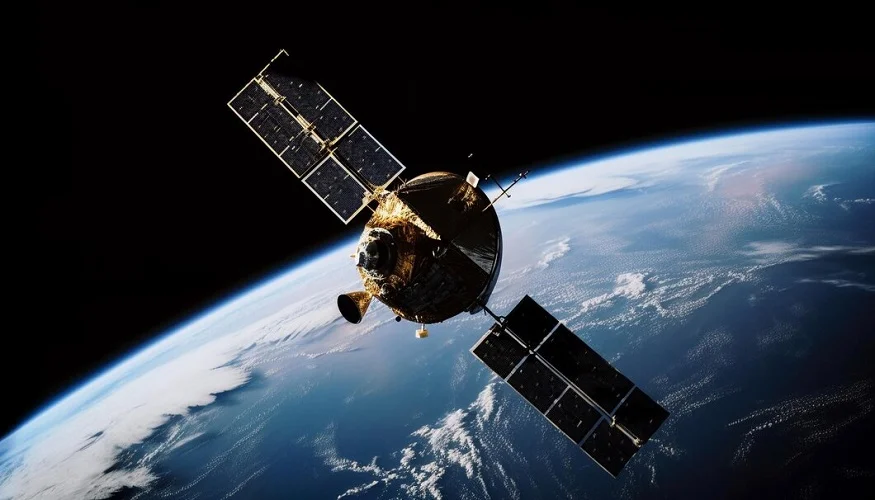India’s progress in space research and nuclear technology reflects its ambition to be a self-reliant, forward-looking nation. These sectors not only showcase India’s scientific excellence but also play a critical role in its development and global standing.
Space Research: The ISRO Journey
The Indian Space Research Organisation (ISRO), founded in 1969, is a symbol of India’s commitment to space science and innovation. Starting from modest beginnings, ISRO has now become a global space player known for its cost-effective missions and technological excellence.
Notable Achievements
Chandrayaan-1 (2008) – India’s first mission to the Moon, confirmed the presence of water molecules.
Mars Orbiter Mission (Mangalyaan, 2013) – India became the first Asian nation to reach Mars orbit and the first country in the world to do it in its maiden attempt.
Chandrayaan-3 (2023) – Made India the first country to land near the Moon’s south pole.
PSLV & GSLV launch vehicles – Regularly launch Indian and foreign satellites at record-low costs.
NavIC – India’s independent regional navigation system.
Aditya-L1 – India’s first mission to study the Sun, launched in 2023.
Global Role
ISRO collaborates with NASA, ESA, JAXA, and countries like France and Russia. It also earns revenue by launching foreign satellites, boosting India’s image as a reliable space partner.
India’s Nuclear Technology: Energy and Empowerment
India’s journey into nuclear technology began in the 1940s under visionary scientist Dr. Homi Bhabha. Today, India uses nuclear energy for both peaceful development and as a strategic asset.
Peaceful Uses: Nuclear Power Generation
India has 22 operational nuclear reactors, providing a clean, low-carbon energy source.
Major plants include Kudankulam, Tarapur, Kaiga, and Rajasthan Atomic Power Station.
The government aims to increase nuclear power capacity as part of its energy security and sustainability goals.
Nuclear Research and Safety
The Bhabha Atomic Research Centre (BARC) leads India’s nuclear R&D.
India follows strict international safety protocols and is a responsible nuclear state despite being outside the NPT.
Strategic Use
India became a nuclear weapons state in 1998 after the Pokhran-II tests.
It maintains a No First Use (NFU) policy and focuses on deterrence through minimal but credible capabilities.
In Summary
India’s achievements in space and nuclear science reflect a story of vision, self-reliance, and innovation. From launching satellites that help farmers and students, to powering cities with clean energy, these sectors continue to drive India’s progress and global prestige.









